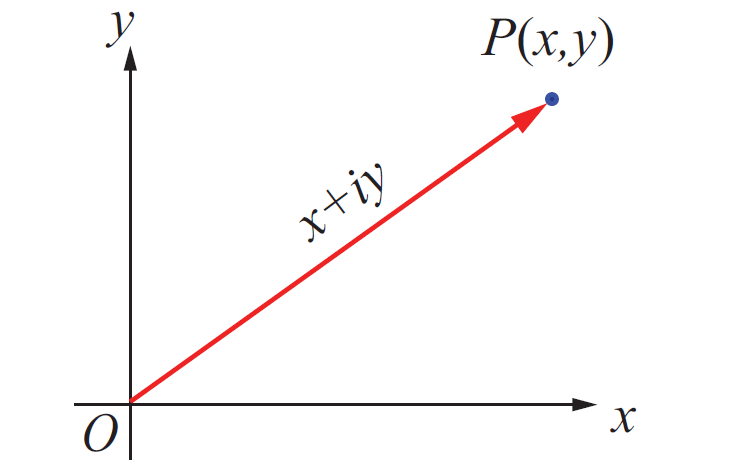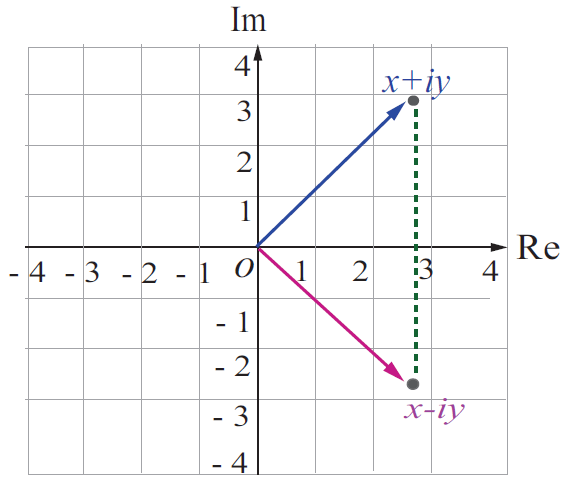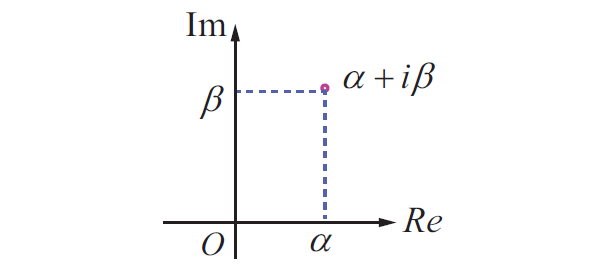USING PERCENT OF CHANGE
Given an original amount and a percent increase or decrease, you can use the percent of change to find the new amount.
In simple words, percent of change is all about comparing old to new values.
Let x be the old value and y be the new value.
Then, the formula for percent of change is
= (|x - y| / x) ⋅ 100 %
For example, a trader buys a product for $120 and sells it for $144. Find his profit percent.
Profit = Selling price - Cost price
Profit = 144 - 120
Profit = 24
Percent of change (Profit percentage) :
= (24 / 120) ⋅ 100 %
= 20%
So, his profit percent is 20.
Practice Problems
Problem 1 :
The grizzly bear population in Yellowstone National Park in 1970 was about 270. Over the next 35 years, it increased by about 115%. What was the population in 2005 ?
Solution :
Step 1 :
Find the amount of change.
Find 115% of 270. Write 115% as a decimal.
1.15 × 270 = 310.5
Round to the nearest whole number.
≈ 311
Step 2 :
Find the new amount.
New Amount = Original Amount + Amount of Change
Substitute values and add them.
= 270 + 311
= 581
Hence, the population in 2005 was about 581 grizzly bears.
Problem 2 :
Mr. David is running a business firm and he made $12000 profit last year. If the profit for this year is 20% less than the last year, find the profit for this year.
Solution :
Step 1 :
Find the change in profit.
Find 20% of 12000. Write 20% as a decimal.
0.20 × 12000 = 2400
Step 2 :
Find the profit for this year .
Since the profit is decreased, we have to subtract the change in profit ($2400) from the profit of the last year ($12000).
Profit for this year is
= Profit for the last year - Change in profit
Substitute values and subtract them.
= 12000 - 2400
= 9600
Hence, the profit for this year is $9600.
Problem 3 :
If an amount of $100 in a savings account increases by 10%, then increases by 10% again, is that the same as increasing by 20% ?
Solution :
Case (i) : Given amount is increased by 10% and again by 10%
Find the amount of change for the first 10%.
Find 10% of 100. Write 10% as a decimal.
0.10 × 100 = 10
New amount after the first increment of 10% is
= Original Amount + Amount of Change
= 100 + 10
= 110
Increased again by 10%.
Find 10% of 110. Write 10% as a decimal
0.10 x 110 = 11
New amount after the second increment of 10% is
= 110 + 11
= 121 -----> (1)
Case (ii) : Given amount is increased by 20%.
Find the amount of change.
Find 20% of 100. Write 20% as a decimal.
0.20 × 100 = 20
New amount after the increment of 20% is
= Original Amount + Amount of Change
= 100 + 20
= 120 -----> (2)
Conclusion :
From (1) and (2), it is clear that increasing an amount by 10%, then increases by 10% again is not the same as increasing by 20%.

Apart from the stuff given above, if you need any other stuff in math, please use our google custom search here.
Kindly mail your feedback to v4formath@gmail.com
We always appreciate your feedback.
©All rights reserved. onlinemath4all.com
Recent Articles
-
Polar Form of a Complex Number
Apr 16, 24 09:28 AM
Polar Form of a Complex Number -
Conjugate of a Complex Number
Apr 15, 24 11:17 PM
Conjugate of a Complex Number -
Complex Plane
Apr 14, 24 07:56 AM
Complex Plane


